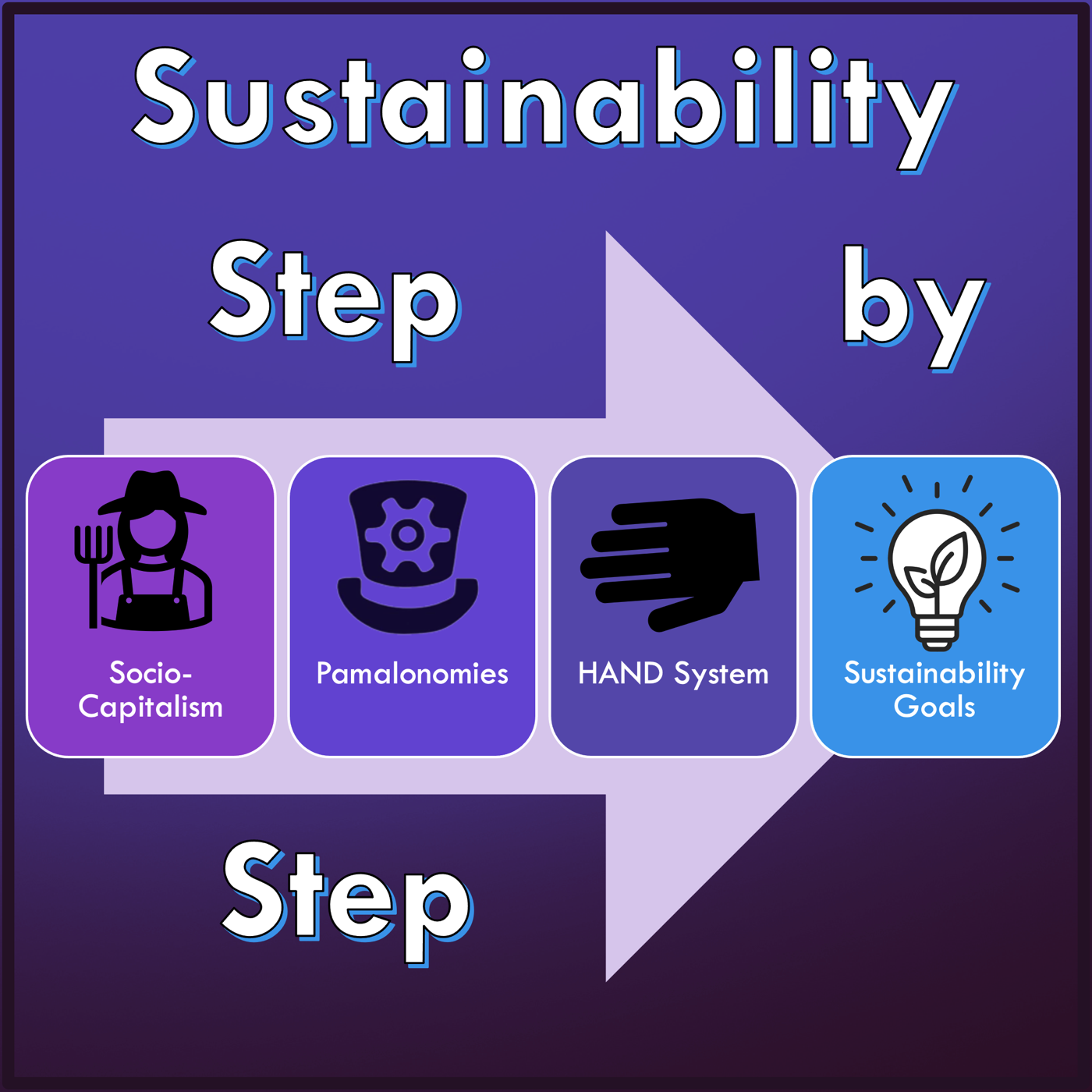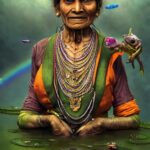Every now and then, something seemingly impossible happens. We call them prodigies. When something from nothing happens – prodigy. When an autistic savant calculates pi to the twenty thousandth digit in five hours – prodigy. There always seems to be an explanation for a prodigy – something that makes the impossible possible. And sometimes, we need the impossbile to happen. We’re in deep trouble, so we throw a “hail Mary.” A prodigy has to be found super-fast, right when we need it. The population explosion presents such a problem. Did you know this? But hopefully, we can avoid a hail Mary pass. Today, we’re going to talk about the population explosion problem, and something I call the Quintillion Project. Ready?

Hello there. My name is James Carvin. You probably remember me as the Quintillion Project guy who wanted to straighten you out on a few things about the population explosion. Remember me?
To review, we’ve had a 1.1% annually compounding population growth rate for the past several centuries and it’s still maintaining that rate despite wars, disease, birth control and abortion. Not many people are aware that the population explosion is a problem because the human growth rate is just slow enough to hardly notice. But here are the simple facts. The population doubles every 62.8 years. Therefore, if we keep growing at the same rate we’ve been growing in for hundreds of years, there will be over a trillion people on the planet in 628 years. There will be more than a quadrillion in 1200 years and more than a quintillion in 1800 years – hence the name Quintillion Project. 1800 years is a short period of time. Jesus was on the planet just 2000 years ago. 1800 years is less than that.
Everyone knows the planet can’t sustain a quintillion people. We worry about carbon footprints now. The problem would be literally a billion times worse with a quintillion people. The math is simple. There is no choice. We can either keep avoiding the issue and throw a hail Mary pass down the road, long after it’s too late, or we can do something about it now, by figuring out responsible, ethical and unpainful ways to reduce our population today – optimizing our awesomeness.
What is optimized awesomeness? Wouldn’t you describe it as happiness for as many people and pets as possible? Would you add flourishing forests full of happy wild life to that picture? How about living securely? A sense of safety might be part of happiness for everyone. We don’t all share the same concept of utopia but most would agree with this general direction.
Maybe you don’t think a utopian world is possible. I don’t know if it is, but I do know that we’d sure know it if it had happened. We’d also know if the opposite was happening – if everyone was miserable, if even our pets were unhappy. We’d know it if nature was going extinct and the end was near. And that’s sure to happen if we don’t think in advance of where we’re headed as a human species.

I don’t want to be throwing any hail Mary passes here. Human beings may not agree with each other about values, but we do share a single pond. Some value freedom more. Some value planning more. What we get is a net affect of everyone’s ideas and activities in a complex world, I call a pond.
I had an interesting conversation with a homeless woman here at Lake Ella, named Z. Z visited the park more often than I did and shared its history with me. She was upset that the muscovy ducks had interbred with the mallards and wiped out both species in the process. That was supposed to be impossible. The two species are too genetically different, she said.
So how did the impossible become possible? Some smart human came and introduced peking ducks and black west indies ducks into the pond, probably some pet owner who bought them at a store and had to sell their farm. The black west indies could mate both with mallards and with musovies. Voila, some pet owner created a new species – the Lake Ella Duck.
I came here often and got to know a duck I named Gulpy and her seven baby ducklings as they grew up. Gulpy was one of those special new species of Lake Ella Duck. Gulpy had me pondering the pond.
Z was unhappy about human intervention in animal affairs. There are signs here asking us not to feed the ducks, but people ignore them. She said Gulpy probably didn’t know how to forage for food, or teach her ducklings to do the same. They were all domesticated – destined to be dependent on human beings for survival.
Some people hunt wild ducks. I think hunting and fishing are cruel. I see the need for population control, of humans, animals and plants too, for an optimal level of awesomeness, but I would never make a sport of it. Just because the jungle is cruel, doesn’t mean I have to be. Sure big fish eat little fish. Sure there are apex predators. But those instincts are built in for survival. Survival and awesomeness are two very different things.
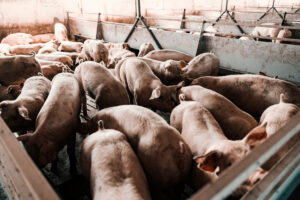
Then there are industries. We multiply cows and chickens and pigs. That’s big business. We are free to eat them. We think they taste awesome. They do – because of survival. We survived because in ages when there was no vegetation, there was still meat. The good taste of meat drove us to hunt. The good taste of smoked food, drove us to burn the bacteria and parasites out of that meat. Loving smoked BBQ pig saved us.
But we don’t have to eat pig. We are omnivores. And we don’t have to raise pigs on pig farms. We can plan our future rather than have markets dictate our future.
If we let markets dictate our future, valuing freedom above planning, then we will keep doubling our population every 62.8 years. This will increase demand for farm animals. It will double them if we don’t make change.
Do you see why this is important? Here are some factoids from the EPA. There are currently 1.5 billion cows raised per year for dairy or slaughter, producing over 200 pounds of methane annually each. That’s 300 billion pounds of additional methane per year. Methane is twenty times worse than carbon as a greenhouse gas. Keep doubling this every sixty years. See the problem? Zero carbon emissions won’t matter if we keep doubling our cattle consumption – and that’s just cows.
So I know you love BBQ and you love to hunt and fish, but do you give a dam about your great grand children and all those who will inherit the biproducts of your liberty?
This is why ethics matter. It’s why we weigh freedom against planning. It’s why I founded the Pamalogy Society. It’s why I call for pamalonomies.
In the Quintillion Project Episode 1, I recommended the HAND System. HAND stands for the Human Availability and Needs Database. The HAND System is a web site that lets people order whatever they need or want. It’s a single web site where you can purchase literally anything – and it’s all free. There is absolutely no cost for anything. You can get anything and it’s all free. Just order. Wouldn’t that be nice?
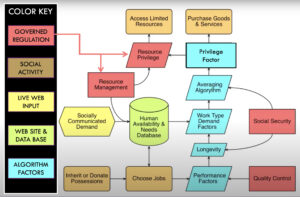
Impossible. Right? Somebody always has to pay. But I threw in a prodigy and it wasn’t a hail Mary. The caveat was that instead of a price listed, there was a privilege level you needed to earn to be qualified. As long as you had earned a qualifying level of privilege, you could get the listed item without paying for it. Privilege would be a right you could exercise when using the web site to get whatever you wanted. Privilege wouldn’t be free. It would be earned.
Privilege is earned on the supply side. The many requests for things get tabulated in live time by the web site. The web site, not some central planning committee, sends out needs requests. Then what were formerly businesses but are now product and service providers, fulfill those requests. Mind you, they don’t have to pay employees. Nobody needs any money any more. They just hire as many people as they need to fill the requests. And they don’t have to pay for raw materials. Everything is free. Therefore there is no cost of doing business. Businesses just supply needs. No central government is required except where resources are limited. If you want to know more about this, look up something called incentivized asynalagonomy on the JamesCarvin.com web site. Asynalagonomy is a long word I made up that means tradeless economy. Forget the long word. Just call it the HAND System. The HAND System handles the incentives needed to make the system work.
The problem with the HAND System is it’s too radical of a concept to gain acceptance. That’s why I recommend trying it on small scales first, rather than national or global ones. But trying it on a small scale is also problematic because no small group is likely to have all the resources they need to create a closed economy. Most nations don’t even have what they need to become what are known as “autoarkies”. Nations that have attempted to be completely independent economically have stagnated. Now, to be sure, no country has ever attempted an incentivized asynalagonomy as far as I am aware. But because people assume they might have to give up their possessions, (which is incorrect), or that I’m just suggesting socialism or communism by some other name, (which I’m not), the idea isn’t likely to float.
I’m not naive about this. So, here at the pond, I think about Gulpy, as she floats along with her family. She wasn’t supposed to be possible, yet here she is – a prodigy. That’s where pamalonomies come in. A pamalonomy has a touch of the HAND System. It does involve earned privileges that can be exercised. But it isn’t impossible. It works better on a small scale. It can be a single business enterprise. It can involve just one product or service. And it can take many forms, like Gulpy here, and her cousins.
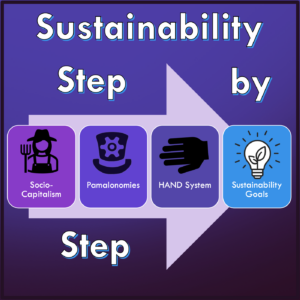
A pamalonomy is a business or association of businesses that have positive social impact in mind. The impact is measured by the ethical theory of pamalogy I’ve been discussing in the Pamalogy Society blogcast. The incentive to do business with a pamalonomy, as opposed to a typical capitalist enterprise is possible ownership or royalty rights. Users of the products and services, or the creators of art, software and music and the like, earn sweat equity. They are privately owned and there are no financial investors.
But there is also great flexibility. A non profit organization might also qualify as a pamalonomy due to high potential impact. It might have a donor business model instead of a shareholder earnings model. The best business model depends on the desired outcome in terms of total impact. So like Gulpy’s species, pamalonomies can contain different portions of mallard, muscovy, peking or black west indies. The Lake Ella duck is characterized by variety and hybridization.
Gulpy symbolizes the transformation of the pond, with its shifting tides. The transition to her new hybrid species was smooth. The impossible became possible. The shift to a socially conscious hybrid capitalism, a pamalonomy, can do the same. But time is ticking.
Z made me wonder what sort of planning existed to protect wildlife where I live, in Tallahassee. So I checked out their web sites to see what the priorities were. Had there been any effort to keep moscovies from mating with mallards? No. Was there any warning preventing introduction of black west indies ducks? Not that I found.
The chief concern at the moment, seems to be algea blooms. Algae blooms can trigger red tieds that kill people and fish. We protect our manatees and sea turtles – big sea mammals and mega-fauna from them. We’re only concerned about the little things because it’s the little stuff – the bacteria and tiny bugs the bigger fish and birds feed on – that affects what we can see and eat. Algae blooms can hide underwater plants from the sun, reducing food supply and lowering oxygen levels in ponds and lakes.
What does all this have to do with human population growth? Well, first off some 60-90% of insect life is on its way to extinction, mostly thanks to human beings and big agriculture.
Here I am now at Lake Henrietta. This natural preserve was founded by the first commissioner in Leon County of color, Anita Davis. Davis was aware of the traditionally marginalized. The bulletin board at the park celebrates diversity. It also has an algae bloom QR code hotline.
The county decided to use the preserve as a sediment runoff from nearby Lake Munson. Both lakes struggle with algae blooms. They sit on either side of the Thomas P. Smith Water Reclamation Facility. The plant can treat up to 53 million gallons of water per day. We don’t think much about our waste water. Someone else takes care of that. Right?
Wrong. Population growth affects the world. We are all part of a pond. Some point between here and a quintillion people is a worldwide extinction we all have to prevent.
Let me close with a call to action. Your donation to the Quintillion Project through the Pamalogy Society will provide seed money and human resources for projects like greentechnews.org, the hatred index, and the counterchecker. These will sort out fact from fiction in a politically and socially complicated world, through better information systems.
Be aware that all thirty plus projects listed at JamesCarvin.com can be started as pamalonomies with your help. You can be the change – but I’m sure you have questions. Visit our Patreon page for answers.
Ciao!
Previous: Is there Such a Thing as Right or Wrong?
Up Next: Why Half Awake is More Woke

